It’s a funny thing about food, especially ethnic food. However your grandmother made something, that’s the way it’s supposed to taste. Unless you didn’t know your grandmother, or she couldn’t cook worth a damn, or she was scary and not safe, or some such, of course. That happens, and I’m sorry. But for most of us, she’s the culinary heaven to which we aspire, the yardstick by which we measure all other things.
My kids never got to taste my grandmother’s hummus, but I did, and they got to taste mine. Ironically, I learned how to make hummus from my non-Arabic mom, but she learned from my grandmother. So it’s not a matter of ethnicity, but understanding and valuing.
So the kids know what it’s supposed to taste like, and what’s supposed to be in it (and so will you, shortly). And oh my god, you should hear my daughter’s disdain for what she calls “hippie hummus.”
You’ve eaten it, I’m sure.
Bland, grainy, tainted by sun-dried veggies or roasted garlic, or even made with other legumes entirely! Like non-basil pesto with no pine nuts, such foods may be fine inventions on their own, but they are not hummus, which has a specific ingredient list and texture.
Hummus bi-tahini means chickpeas with tahini. So there are two essential ingredients right there. The others are massive quantities of fresh garlic and lemon juice, and some olive oil. In addition, a smooth, creamy texture is essential. Everything else is frippery.
I realize this is a bit draconic. But this is the way I learned. I’m Levantine (Syria, Lebanon, Paelestine). So if you’re fam is from somewhere else and the ratios are different, that’s fine. But I have been to a ton of old school restaurants and they all make the same hummus, so I’m not just being nostalgic. It’s a real thing.
Belly dance is also a real thing.
It has a basic recipe. It varies by region, but like chickpeas and tahini, there are basic ingredients and textures that one changes at one’s peril, and with each variation it becomes further removed from its own truth.
What are the basic ingredients of belly dance?
For me, there are three basic ingredients, though each one expands to encompass several other things. These include the basic movement vocabulary, the music, and three conceptual frameworks: the feeling in the moment, same but different, and bring the joy.
The further you get from these basic ingredients, the further you get from belly dance as a cultural jewel, the closer you get to white bean dip with sun dried tomatoes and soy sauce calling itself hummus. That is to say, it won’t make sense to its own people.
Most of us are familiar with the movement vocabulary, less so with the music, and often not at all with these textural concepts. Let’s take a closer look at them, with the music in context, since the music and the dance go together like chickpeas and tahini.
1. The feeling in the moment
This is the dancer’s feeling from the music, which she shares with her guests, both its emotional timbres and her body’s enjoyment of the movement itself as it follows and interacts with the music. The goal is to embody the music, to be connected to it and to any guests in a visceral, immediate way.
Most of us are trained to judge how we look and ignore the pleasure of the movement. What if we flip that and get back to enjoying how the dance feels?
2. Same but different
Musicians of the culture pride themselves on never making a song the same way twice. The melody and rhythm may stay the same, but the feeling and the ornaments change. In addition, musicians tweak the notes themselves to better express their feeling in the moment.
Dancers who improvise make their dance different every time. Even with choreography this us possible, allowing the body to react from its feeling today differently from yesterday. In addition to this, we have micromovent, with which we tweak the dynamics of our movement, their force, speed shapes and textures.
Why spend all our energy on perfecting choreos? We have all this agency as dancers. What if we take this back, teach this, and give dancers this confidence? Even groups of beginners can do this. And it’s beautiful.
3. Bring the joy.
The arts of the near and middle east tend to have the intention of meditative entrainment. You see it in the music in the concept of tarab, musical ecstacy. We’re talking joy. The dance is always characterized as a dance of joy. It is meant to bring joy, to the dancer, musicians, and any guests.
Yet so much of what I see is dancers working hard or showing off. When our goal is to engage a room in joy, to give joy rather than to get approval, our dance changes. What if we dance to experience and to share our love and joy?
These are important questions, important skills worthy of the time and effort it takes to change our focus. So we might need some food to sustain us…
Here’s my Grandmother’s Hummus Recipe
You’ll need a blender or food processor.
- 1 can of chickpeas, up to 20 oz.
- Freshly squeezed juice of five lemons (nice juicy ones).
- An entire bulb of garlic (nice and fat. Really).
- Tahini to taste
- Salt to taste (if any)
- Olive oil to drizzle on top
If all that garlic scares you, put it with the lemon juice and blend that first. Blend the hell out of it.
Then do the same with the chickpeas. Add them to the liquid and blend until it is liquified, smooth, smooth, smooth.
Add tahini to taste. This is a bit subjective. Too little and the hummus stays watery and gross. Too much and it gets bitter. Just enough and it suddenly becomes creamy and pale and delicious. It usually takes a few tablespoons. (Please note, this is how I cook. It’s a little slap dash, but it works.)
Olive oil drizzled on top, and or mixed in. Tastes vary.
Serve with pocket bread, marouk (super flat mountain bread) or even veggies. I can live with fresh veggies, lol.
And here’s my grandmother, Shukria Swyden Thabit
So there you have it. Belly dance and hummus. Let me know how it goes.
Love,
Alia
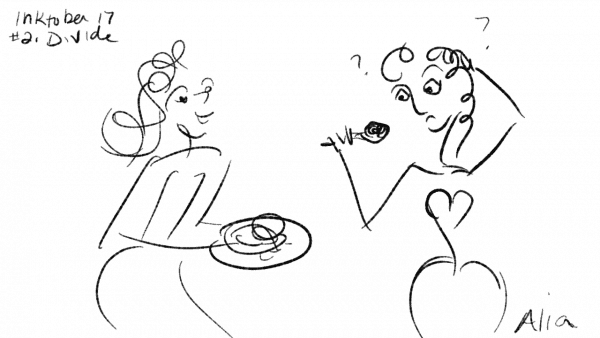

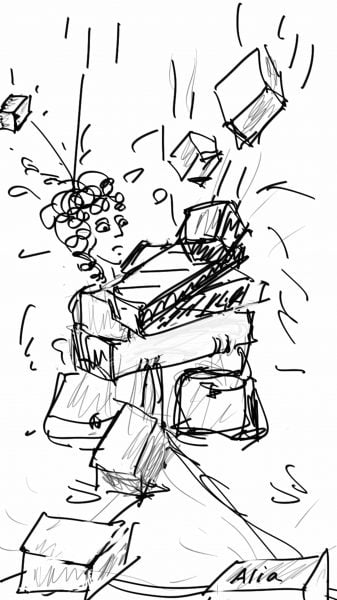
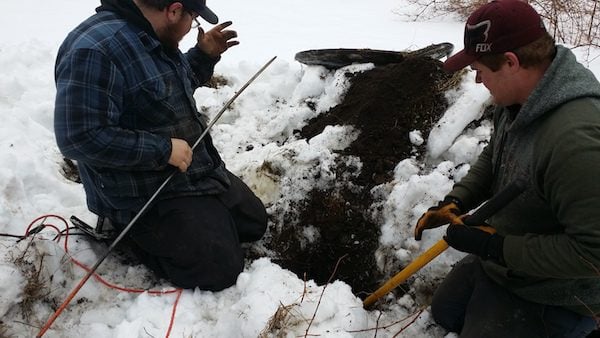


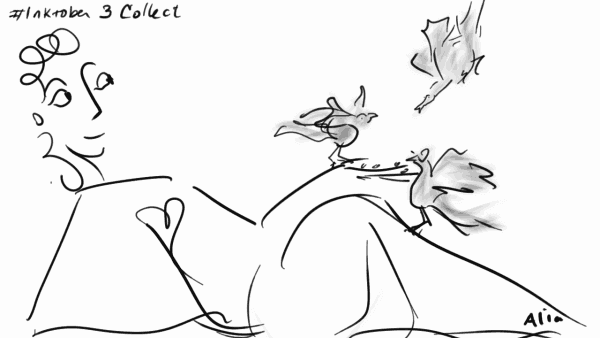

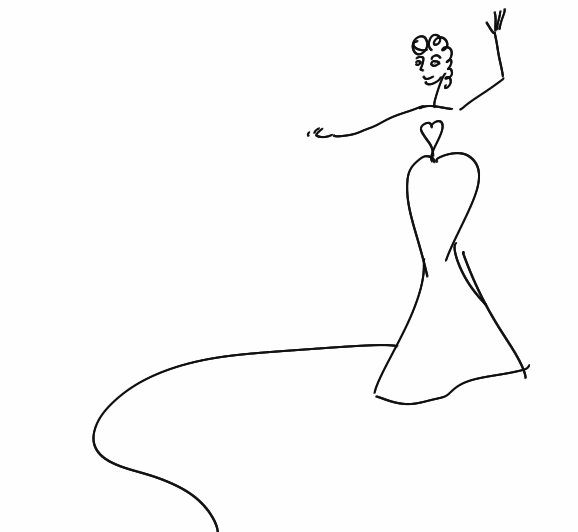
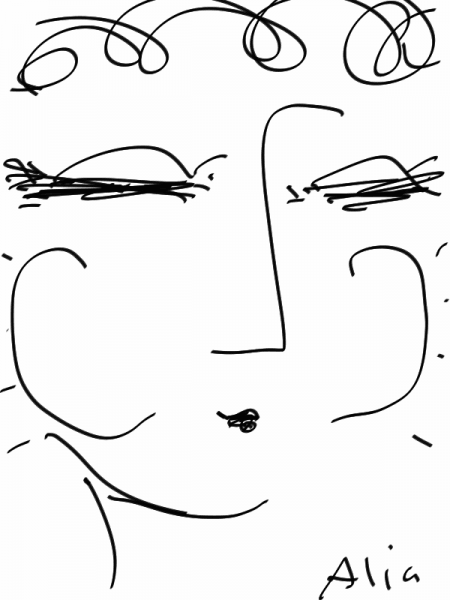

 One summer on the Coney Island Boardwalk, I saw two Hispanic ladies in swimsuits dancing to salsa music blaring from a portable radio. Since it was New York at least 40 years ago–and salsa–they were probably Puerto Rican. These ladies were a lovely shade of tan that glowed in the sun. Both were older, maybe in their 50s–but I was just a kid, so hey, maybe 30s. Neither was “pretty.” Neither had a “good” figure–one had a big round belly and skinny little legs and arms. Both were saggy and lined.
One summer on the Coney Island Boardwalk, I saw two Hispanic ladies in swimsuits dancing to salsa music blaring from a portable radio. Since it was New York at least 40 years ago–and salsa–they were probably Puerto Rican. These ladies were a lovely shade of tan that glowed in the sun. Both were older, maybe in their 50s–but I was just a kid, so hey, maybe 30s. Neither was “pretty.” Neither had a “good” figure–one had a big round belly and skinny little legs and arms. Both were saggy and lined.